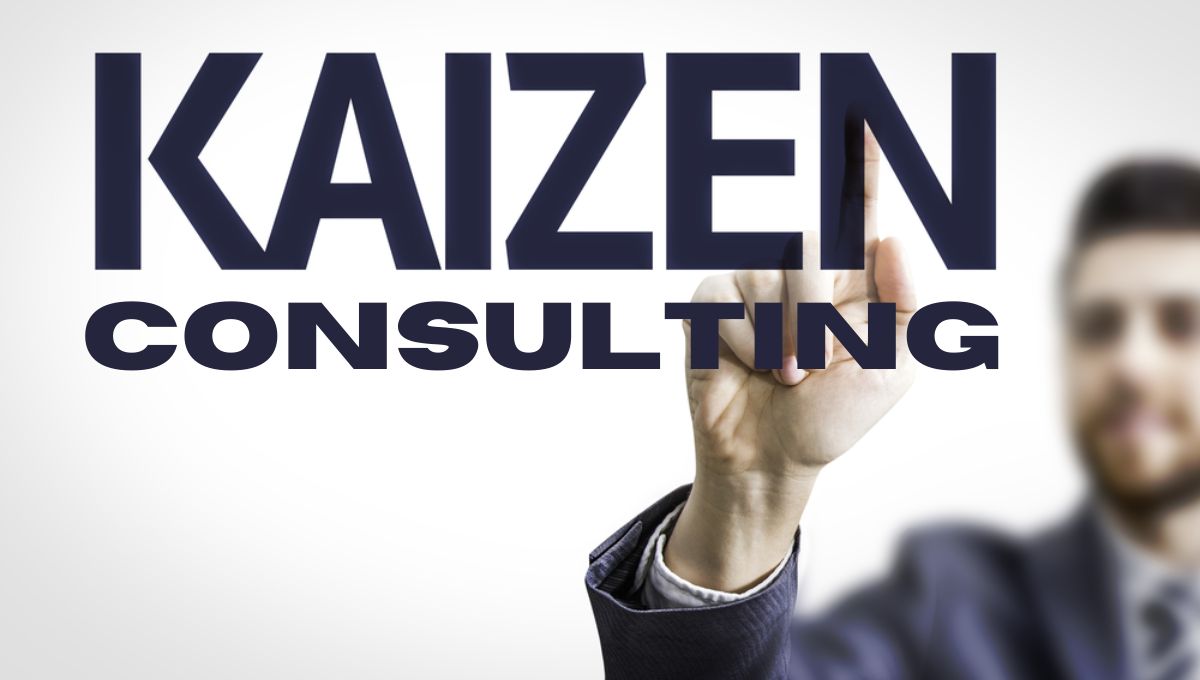Everything You Need to Know about Kaizen Consulting

Introduction to Kaizen
In today’s fast-paced business environment, organizations strive for excellence. One approach that has gained significant traction is Kaizen, a Japanese term meaning “continuous improvement.” Kaizen is not just a methodology; it’s a philosophy that encourages the ongoing improvement of processes, products, and services. It is centered around the belief that small, incremental changes can lead to significant improvements over time.
What is Kaizen Consulting?
Kaizen consulting refers to the practice of hiring experts to guide organizations in implementing the principles of Kaizen. These consultants work closely with teams to identify inefficiencies, streamline processes, and foster a culture of continuous improvement. By leveraging their expertise, companies can better understand how to integrate Kaizen into their everyday operations, leading to enhanced productivity, quality, and employee engagement.
The Origins of Kaizen
The concept of Kaizen emerged in Japan after World War II, particularly in the manufacturing sector. Influential figures like Taiichi Ohno and W. Edwards Deming played crucial roles in developing the philosophy. The objective was to rebuild the Japanese economy by focusing on quality, efficiency, and customer satisfaction. Today, Kaizen is a foundational element in Lean manufacturing and has been adopted globally across various industries.
Key Principles of Kaizen
Understanding the core principles of Kaizen is essential for effective implementation. Here are the fundamental concepts:
1. Continuous Improvement
At its heart, Kaizen is about making small, consistent changes that lead to significant improvements over time. This principle encourages teams to seek out ways to enhance processes, reduce waste, and improve quality continuously.
2. Employee Involvement
Kaizen emphasizes the importance of involving all employees in the improvement process. Everyone, from top management to frontline workers, has valuable insights that can lead to better practices. This inclusive approach fosters a sense of ownership and accountability among staff.
3. Standardization
Before improvements can be made, processes must be standardized. Standardization provides a baseline that allows organizations to measure improvements effectively. Once a standard is set, teams can then identify variations and opportunities for enhancement.
4. Elimination of Waste
Kaizen focuses on identifying and eliminating waste in all forms—be it time, materials, or labor. The goal is to create more value for customers with fewer resources, which leads to increased efficiency and productivity.
5. Data-Driven Decisions
Effective Kaizen practices rely on data and metrics to identify issues and measure the success of improvements. This evidence-based approach ensures that decisions are made based on facts rather than assumptions.
Benefits of Kaizen Consulting
Engaging a Kaizen consultant can bring numerous benefits to an organization. Here are some of the key advantages:
1. Enhanced Efficiency
Kaizen consultants help organizations streamline processes and eliminate waste, resulting in improved efficiency. By identifying bottlenecks and inefficiencies, teams can work more effectively and deliver better results.
2. Improved Quality
By focusing on continuous improvements, Kaizen leads to higher quality products and services. Consultants can implement quality control measures to ensure that standards are met consistently.
3. Increased Employee Engagement
When employees are involved in the improvement process, they feel valued and empowered. This boosts morale and fosters a culture of collaboration and innovation.
4. Better Customer Satisfaction
Kaizen’s emphasis on quality and efficiency directly impacts customer satisfaction. By improving processes and products, organizations can deliver more value to their customers, leading to increased loyalty and repeat business.
5. Long-Term Sustainability
Kaizen is not a one-time initiative; it is a long-term strategy. Organizations that adopt Kaizen principles are better equipped to adapt to changes in the market, ensuring their sustainability and growth over time.
The Kaizen Consulting Process
Implementing Kaizen through consulting involves a systematic approach. Here’s a step-by-step guide to the typical Kaizen consulting process:
Step 1: Assessment
The first step is to assess the current state of the organization. Consultants work with teams to identify strengths, weaknesses, and areas for improvement. This may involve data analysis, process mapping, and employee interviews.
Step 2: Goal Setting
Once the assessment is complete, consultants help the organization set specific, measurable, achievable, relevant, and time-bound (SMART) goals. These goals should align with the overall strategy of the organization.
Step 3: Training
Training is crucial for successful Kaizen implementation. Consultants conduct workshops and training sessions to educate employees about Kaizen principles and tools. This empowers them to contribute to the improvement process actively.
Step 4: Implementation
With training complete, teams can begin implementing changes. Consultants guide them through the process, helping to ensure that improvements are made effectively and sustainably.
Step 5: Monitoring and Evaluation
After implementation, it’s essential to monitor progress and evaluate the impact of changes. Consultants assist organizations in establishing metrics to measure success and identify areas for further improvement.
Step 6: Continuous Improvement
The final step in the Kaizen process is to foster a culture of continuous improvement. Organizations are encouraged to regularly revisit their processes, seek feedback, and make adjustments as necessary.
Tools and Techniques Used in Kaizen Consulting
Kaizen consultants employ various tools and techniques to facilitate continuous improvement. Here are some commonly used methods:
1. 5S Methodology
The 5S methodology (Sort, Set in order, Shine, Standardize, Sustain) is a workplace organization technique that helps create a clean and efficient environment. It encourages teams to organize their workspace systematically, leading to improved productivity.
2. Value Stream Mapping
Value stream mapping is a visual tool used to analyze the flow of materials and information in a process. It helps identify inefficiencies and areas for improvement, enabling organizations to streamline operations.
3. Root Cause Analysis
Root cause analysis (RCA) is a problem-solving technique used to identify the underlying causes of issues. By addressing root causes, organizations can implement effective solutions that prevent recurrence.
4. Plan-Do-Check-Act (PDCA) Cycle
The PDCA cycle is a four-step model for continuous improvement. It involves planning a change, implementing it, checking the results, and acting on what has been learned to refine the process further.
5. Kaizen Events
Kaizen events are focused improvement initiatives that typically last a few days. During these events, teams work intensively to solve specific problems or implement changes, leading to quick wins and momentum for further improvements.
Challenges in Kaizen Implementation
While Kaizen offers numerous benefits, organizations may face challenges during implementation. Some common obstacles include:
1. Resistance to Change
Employees may resist changes due to fear of the unknown or a reluctance to abandon familiar practices. Effective communication and involvement are key to overcoming this resistance.
2. Lack of Management Support
For Kaizen to succeed, it requires strong support from management. Without commitment from leadership, initiatives may falter, and employees may feel unmotivated to engage in the process.
3. Inadequate Training
If employees do not receive proper training in Kaizen principles, they may struggle to implement
Click here to get more information about Kaizen Consulting! https://www.ribcon.com/services/lean-kaizen-consulting-services/



